Home>Renovation & DIY>Home Renovation Guides>How To Insulate Crawl Space Vents For Winter
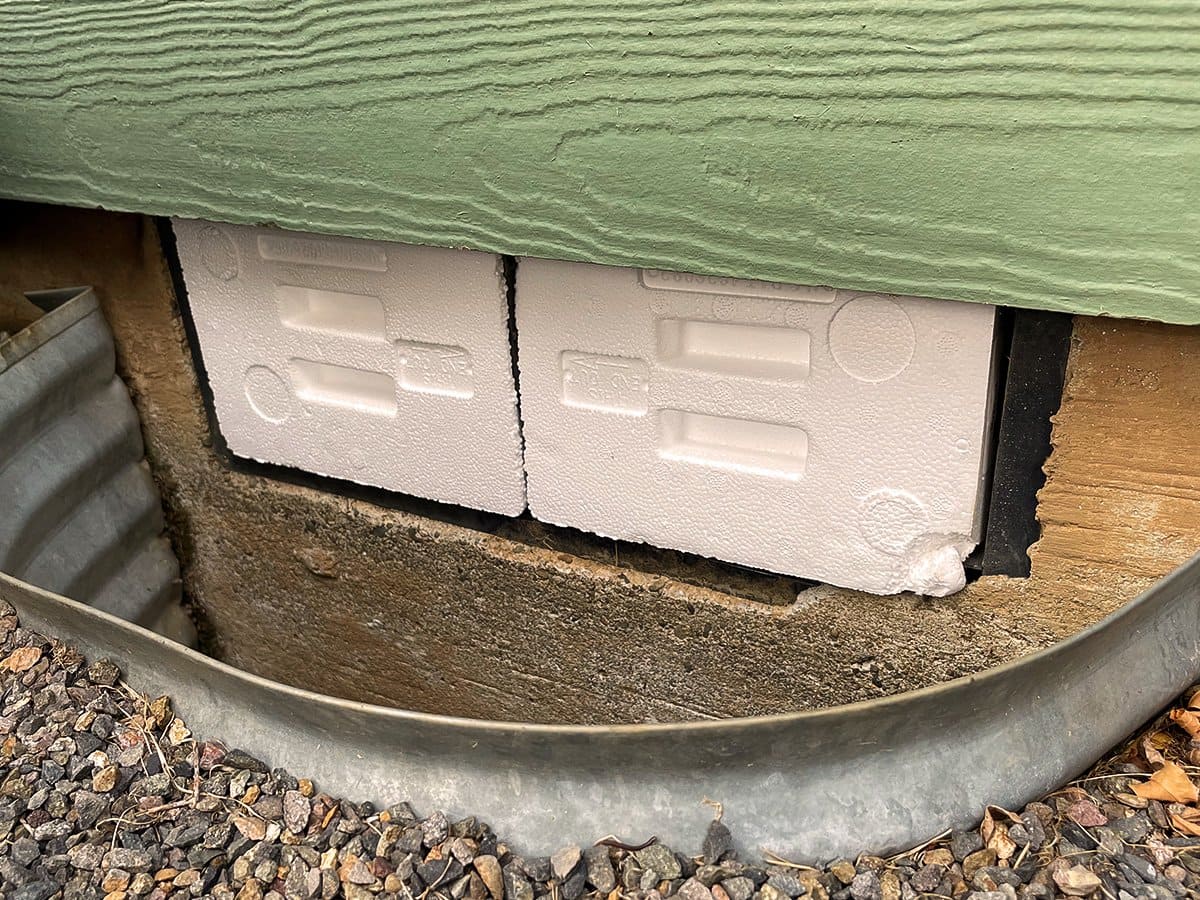

Home Renovation Guides
How To Insulate Crawl Space Vents For Winter
Modified: February 18, 2024
Learn how to properly insulate crawl space vents for winter with our comprehensive home renovation guide. Keep your home warm and energy-efficient.
(Many of the links in this article redirect to a specific reviewed product. Your purchase of these products through affiliate links helps to generate commission for Storables.com, at no extra cost. Learn more)
Introduction
As the chilly winds of winter approach, it's essential to prepare your home for the seasonal changes. One often overlooked area that requires attention is the crawl space. Crawl spaces are susceptible to cold drafts and moisture buildup, which can lead to various issues such as frozen pipes, increased energy bills, and even mold growth. One effective way to combat these problems is by insulating the crawl space vents.
Insulating crawl space vents for winter is a proactive measure that can significantly improve the comfort and energy efficiency of your home. By preventing cold air from entering the crawl space, you can minimize the risk of frozen pipes and reduce the workload on your heating system. Additionally, proper insulation can help maintain a consistent temperature in the crawl space, which is crucial for preventing moisture-related problems.
In this comprehensive guide, we will walk you through the process of insulating crawl space vents, providing you with the knowledge and confidence to tackle this important home maintenance task. From understanding the reasons behind insulating crawl space vents to the step-by-step process and additional tips for winterizing, this guide will equip you with the information needed to safeguard your home against the harsh winter conditions.
So, grab your tools and let's dive into the world of crawl space insulation, where a few simple steps can make a world of difference in keeping your home cozy and protected during the winter months.
Key Takeaways:
- Keep your home cozy and protected by insulating crawl space vents for winter. Prevent frozen pipes, minimize energy loss, and enhance home comfort with this proactive home maintenance task.
- Gather essential materials and follow simple steps to insulate crawl space vents. Address air leaks, install a vapor barrier, and monitor humidity for a comprehensive winterization strategy.
Read more: How To Winterize A Crawl Space
Why Insulate Crawl Space Vents
Insulating crawl space vents is a crucial step in preparing your home for the winter season. The decision to insulate these vents is rooted in the understanding of how cold air and moisture can impact the overall well-being of your home. Here are several compelling reasons why insulating crawl space vents is a wise investment:
1. Preventing Frozen Pipes
During winter, the drop in temperature can cause the water pipes in your crawl space to freeze. When pipes freeze, they are at risk of bursting, leading to costly repairs and water damage. By insulating the crawl space vents, you can create a barrier against the frigid outdoor air, helping to maintain a more stable temperature within the crawl space and safeguarding your pipes from freezing.
2. Minimizing Energy Loss
Uninsulated crawl space vents allow cold air to infiltrate the space beneath your home, creating a chilling effect that can permeate into the living areas above. This can force your heating system to work harder to maintain a comfortable indoor temperature, resulting in increased energy consumption and higher utility bills. By insulating the vents, you can effectively reduce heat loss, easing the burden on your heating system and promoting energy efficiency.
3. Controlling Moisture Levels
Crawl spaces are prone to moisture buildup, especially during the winter months. When cold air enters the crawl space through uninsulated vents, it can lead to condensation and elevated humidity levels. Excess moisture can contribute to mold growth, wood rot, and structural damage. Insulating the crawl space vents helps to create a barrier against external moisture, promoting a drier environment that is less conducive to mold and moisture-related issues.
Read more: How To Vent Crawl Space
4. Enhancing Home Comfort
By insulating the crawl space vents, you can create a more comfortable living environment. A well-insulated crawl space helps to maintain a consistent temperature throughout your home, reducing drafts and cold spots. This can lead to improved overall comfort for you and your family during the winter months.
5. Protecting Home Foundation
Insulating crawl space vents can also contribute to the long-term integrity of your home's foundation. By minimizing temperature fluctuations and moisture intrusion, you can help prevent potential damage to the structural elements of your home, including the foundation, floor joists, and support beams.
In essence, insulating crawl space vents is a proactive measure that can yield numerous benefits, ranging from cost savings and energy efficiency to protecting the structural integrity of your home. By taking the necessary steps to insulate your crawl space vents, you can create a more resilient and comfortable living environment, ensuring that your home is well-prepared to weather the challenges of winter.
Materials Needed
When it comes to insulating crawl space vents for winter, having the right materials at your disposal is essential for a successful and effective outcome. Here's a comprehensive list of the materials you will need to undertake this home maintenance task:
1. Insulation Material
- Rigid Foam Insulation: This type of insulation is ideal for creating a barrier against cold air and moisture. Look for insulation panels with a high R-value to maximize thermal resistance.
- Fiberglass Insulation: Fiberglass batts or rolls can also be used to insulate crawl space vents. Ensure that the insulation material is designed for use in areas with potential moisture exposure.
Read more: How To Insulate The Floor In A Crawl Space
2. Protective Gear
- Safety Goggles: Protect your eyes from dust and insulation particles by wearing safety goggles during the installation process.
- Work Gloves: Insulation materials can be abrasive, so wearing work gloves is essential to protect your hands.
3. Adhesive and Fasteners
- Construction Adhesive: Choose a durable construction adhesive to secure the insulation panels in place.
- Fasteners: Depending on the type of insulation material, you may need fasteners such as screws or nails to secure the insulation to the crawl space vents.
4. Utility Knife
- A sharp utility knife will be necessary for cutting insulation panels to the appropriate size and shape to fit the crawl space vents.
5. Measuring Tape
- Accurate measurements are crucial for ensuring a proper fit of the insulation material. A measuring tape will be indispensable for this task.
Read more: How To Close Vents In Crawl Space
6. Caulk and Caulking Gun
- Use high-quality caulk and a caulking gun to seal any gaps or cracks around the edges of the crawl space vents, further enhancing the insulation's effectiveness.
7. Flashlight
- A reliable flashlight will be invaluable for illuminating the crawl space area, especially if the lighting is limited.
8. Dust Mask
- Protect your respiratory system from insulation particles and dust by wearing a dust mask throughout the installation process.
9. Step Ladder
- Depending on the accessibility of the crawl space vents, a sturdy step ladder may be needed to reach and work around the vent openings.
Read more: How To Replace Crawl Space Vents
10. Sealant Tape
- Sealant tape can be used to reinforce the seal between the insulation panels and the crawl space vents, providing an additional layer of protection against air infiltration.
By ensuring that you have these essential materials on hand, you can approach the task of insulating crawl space vents with confidence, knowing that you are well-equipped to create a more comfortable and energy-efficient home environment for the winter season.
Steps to Insulate Crawl Space Vents
Insulating crawl space vents is a straightforward yet impactful process that can significantly enhance the comfort and energy efficiency of your home during the winter months. By following these step-by-step instructions, you can effectively insulate the crawl space vents and create a barrier against cold air infiltration and moisture buildup.
-
Assess the Crawl Space Vents: Begin by conducting a thorough assessment of the crawl space vents. Take note of the vent sizes, shapes, and the surrounding conditions. Identify any existing insulation or potential gaps that may need to be addressed before proceeding with the insulation process.
-
Prepare the Work Area: Before entering the crawl space, ensure that you have adequate lighting and ventilation. Clear any obstructions around the vent openings and create a safe and accessible workspace. It's essential to prioritize safety and comfort while working in the confined crawl space environment.
-
Measure and Cut Insulation Panels: Using a measuring tape and a utility knife, carefully measure and cut the insulation panels to fit the dimensions of the crawl space vents. Precision is key to ensuring a snug and effective fit that minimizes air leakage and thermal transfer.
-
Secure the Insulation Panels: Apply a high-quality construction adhesive to the back of the insulation panels, then firmly press them against the interior of the crawl space vents. Depending on the type of insulation material, you may also need to use appropriate fasteners, such as screws or nails, to secure the panels in place.
-
Seal Gaps and Edges: Use caulking and sealant tape to seal any gaps or edges around the insulation panels. This additional step helps to reinforce the integrity of the insulation barrier, preventing air infiltration and enhancing the overall effectiveness of the insulation.
-
Inspect and Test: Once the insulation panels are in place, carefully inspect the installation to ensure that the vents are fully covered and sealed. Test the integrity of the insulation by shining a flashlight around the edges of the vents to identify any potential areas of air leakage.
-
Clean Up and Secure: Remove any excess insulation material and debris from the work area. Secure the crawl space vent covers back in place, ensuring that they are properly sealed and functional. Take the time to tidy up the surrounding area and store any unused materials appropriately.
By following these systematic steps, you can successfully insulate the crawl space vents, fortifying your home against the challenges of winter while promoting energy efficiency and a more comfortable living environment. With the crawl space vents effectively insulated, you can enjoy the peace of mind knowing that your home is well-prepared to withstand the rigors of the winter season.
Additional Tips for Winterizing Crawl Space Vents
In addition to the core steps of insulating crawl space vents, there are several supplementary tips that can further enhance the effectiveness of your winterization efforts. These additional tips are designed to provide comprehensive protection for your crawl space and contribute to a more resilient and energy-efficient home environment during the winter months.
1. Addressing Air Leaks and Inspecting Ductwork
Before insulating the crawl space vents, it's beneficial to address any existing air leaks in the crawl space. Sealing gaps, cracks, and penetrations in the crawl space walls and floors can help minimize air infiltration and improve the overall insulation performance. Additionally, inspecting the ductwork in the crawl space for leaks and damage is essential. Properly sealed and insulated ducts can prevent energy loss and maintain consistent heating throughout your home.
Read more: How To Insulate PEX Pipes In A Crawl Space
2. Installing Vapor Barrier
Consider installing a vapor barrier on the crawl space floor to further control moisture levels. A high-quality vapor barrier helps prevent ground moisture from seeping into the crawl space, reducing the risk of mold growth and moisture-related issues. When combined with insulated crawl space vents, a vapor barrier contributes to a more comprehensive approach to winterizing your crawl space.
3. Monitoring and Maintaining Drainage
Ensure that the crawl space has proper drainage to prevent water accumulation, especially during periods of heavy rain or snowmelt. Clear debris from exterior drainage systems and ensure that downspouts direct water away from the foundation. By maintaining effective drainage, you can minimize the risk of water intrusion and help preserve the integrity of your crawl space insulation.
4. Professional Inspection and Maintenance
Consider scheduling a professional inspection of your crawl space to identify any potential issues that may impact its winter performance. A qualified inspector can assess the condition of the insulation, ventilation, and structural elements, providing valuable insights and recommendations for maintenance and improvement. Additionally, periodic maintenance of the crawl space, including checking for signs of pest intrusion and ensuring proper ventilation, can contribute to its long-term functionality.
5. Monitoring Humidity Levels
Invest in a reliable hygrometer to monitor the humidity levels in the crawl space. By keeping track of humidity levels, you can take proactive measures to address any fluctuations that may compromise the effectiveness of the insulation and promote mold growth. Maintaining optimal humidity levels in the crawl space is essential for preserving the integrity of the insulation and safeguarding the overall health of your home.
By incorporating these additional tips into your winterization strategy, you can create a more comprehensive and robust defense against the challenges of winter. From addressing air leaks and moisture control to professional inspections and humidity monitoring, these tips empower you to take a proactive approach to safeguarding your crawl space and ensuring a comfortable, energy-efficient home environment throughout the winter season.
Conclusion
In conclusion, insulating crawl space vents for winter is a proactive and impactful measure that can significantly enhance the overall comfort, energy efficiency, and structural integrity of your home. By creating a barrier against cold air infiltration and moisture buildup, properly insulated crawl space vents play a crucial role in safeguarding your home against the challenges posed by the winter season.
The decision to insulate crawl space vents is rooted in the understanding of the potential risks associated with uninsulated crawl spaces, including frozen pipes, increased energy consumption, mold growth, and structural damage. By addressing these risks through effective insulation, homeowners can enjoy a multitude of benefits that extend beyond the winter months.
From preventing frozen pipes and minimizing energy loss to controlling moisture levels and enhancing home comfort, the advantages of insulating crawl space vents are far-reaching. By maintaining a consistent temperature and reducing the workload on your heating system, insulated crawl space vents contribute to cost savings and environmental sustainability.
Furthermore, the additional tips for winterizing crawl space vents, such as addressing air leaks, installing a vapor barrier, and monitoring humidity levels, provide a comprehensive approach to fortifying your home against the elements. These supplementary measures empower homeowners to take proactive steps in preserving the condition and functionality of their crawl spaces, ensuring long-term resilience and performance.
As we bid farewell to the warm embrace of summer and embrace the crisp embrace of winter, the significance of preparing our homes for the seasonal transition becomes increasingly apparent. Insulating crawl space vents stands as a testament to the proactive mindset of homeowners who prioritize the well-being of their living spaces.
In essence, the process of insulating crawl space vents encapsulates the essence of responsible homeownership – a commitment to maintaining a safe, comfortable, and efficient home environment for oneself and one's family. By embracing this commitment and taking the necessary steps to insulate crawl space vents, homeowners can embark on the winter season with confidence, knowing that their homes are fortified against the chill and ready to provide warmth and security throughout the colder months.
Frequently Asked Questions about How To Insulate Crawl Space Vents For Winter
Was this page helpful?
At Storables.com, we guarantee accurate and reliable information. Our content, validated by Expert Board Contributors, is crafted following stringent Editorial Policies. We're committed to providing you with well-researched, expert-backed insights for all your informational needs.
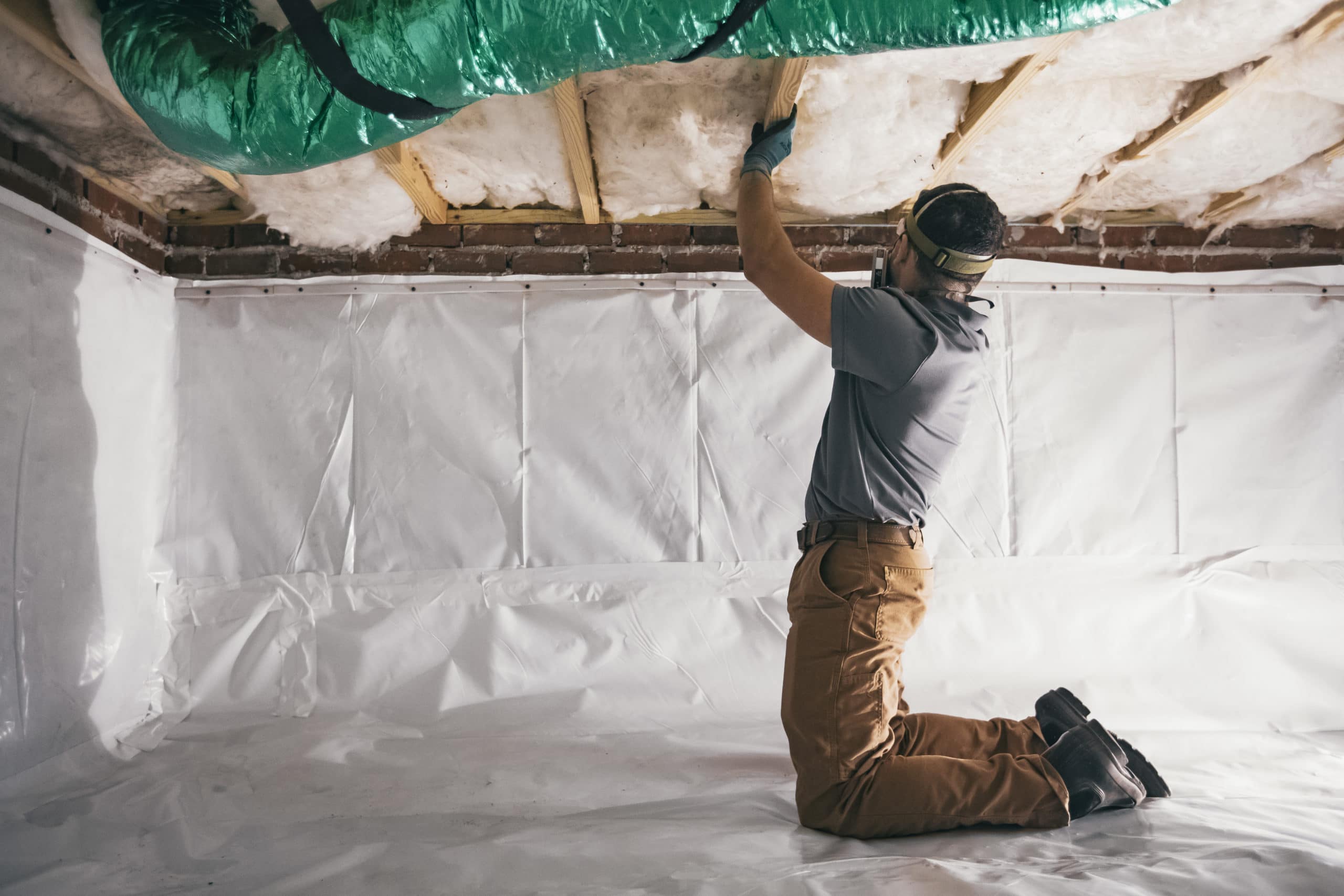
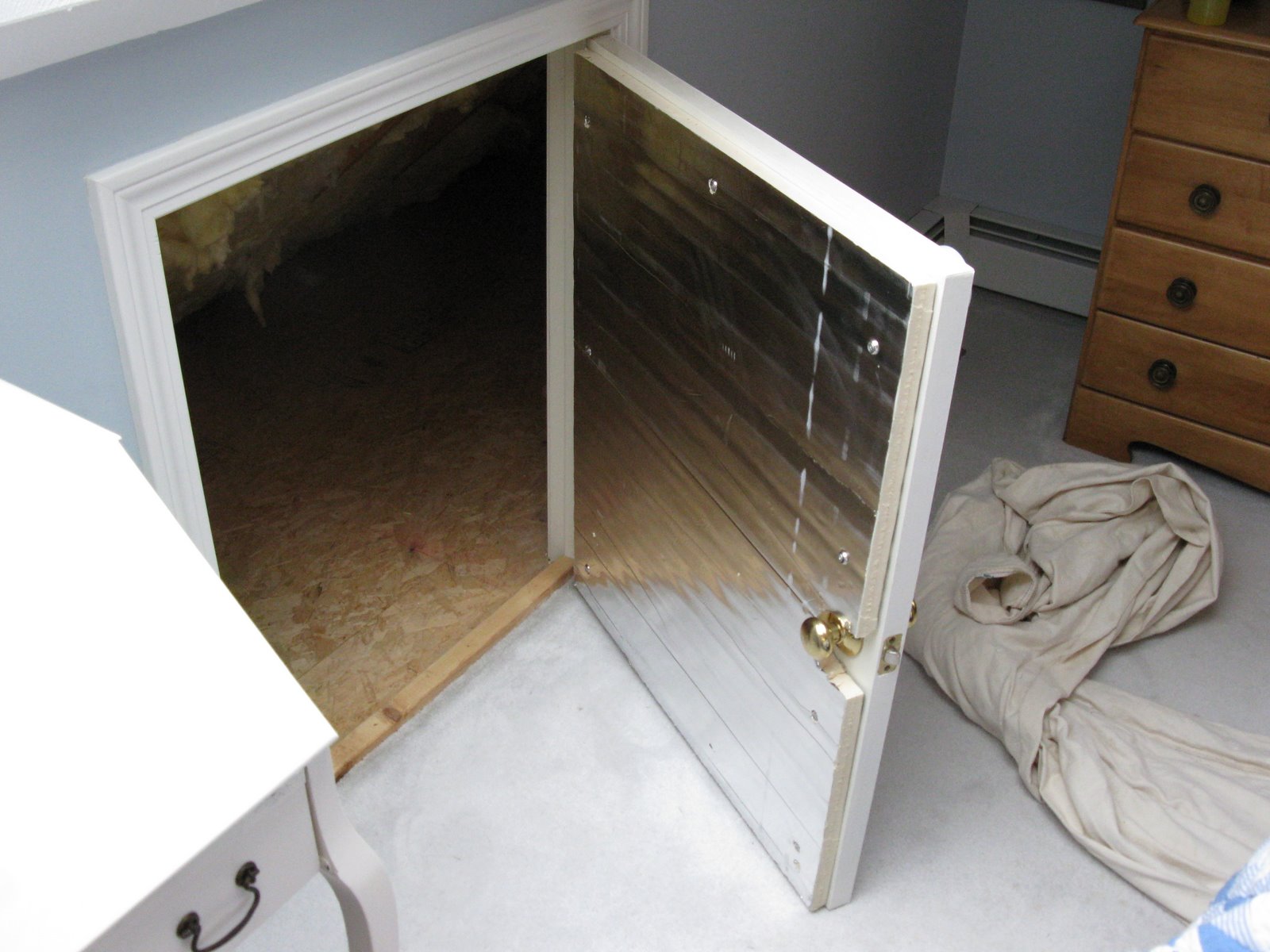
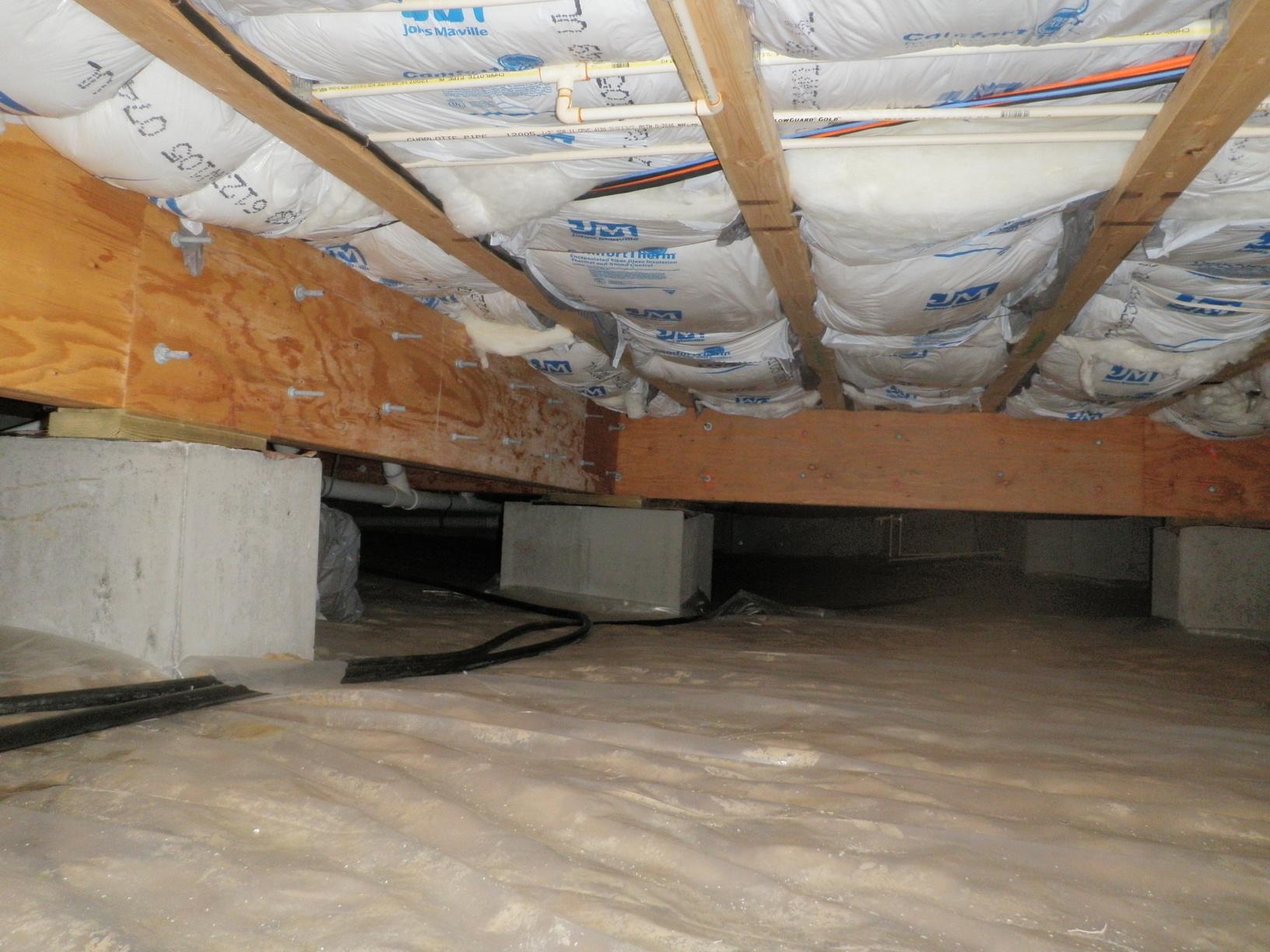
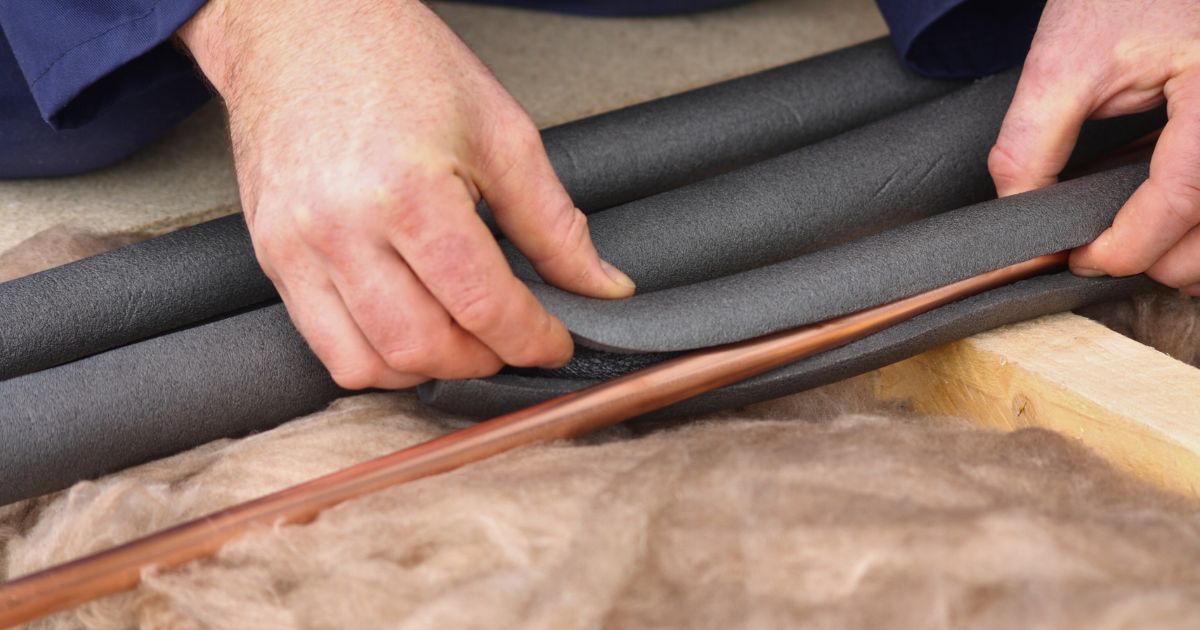
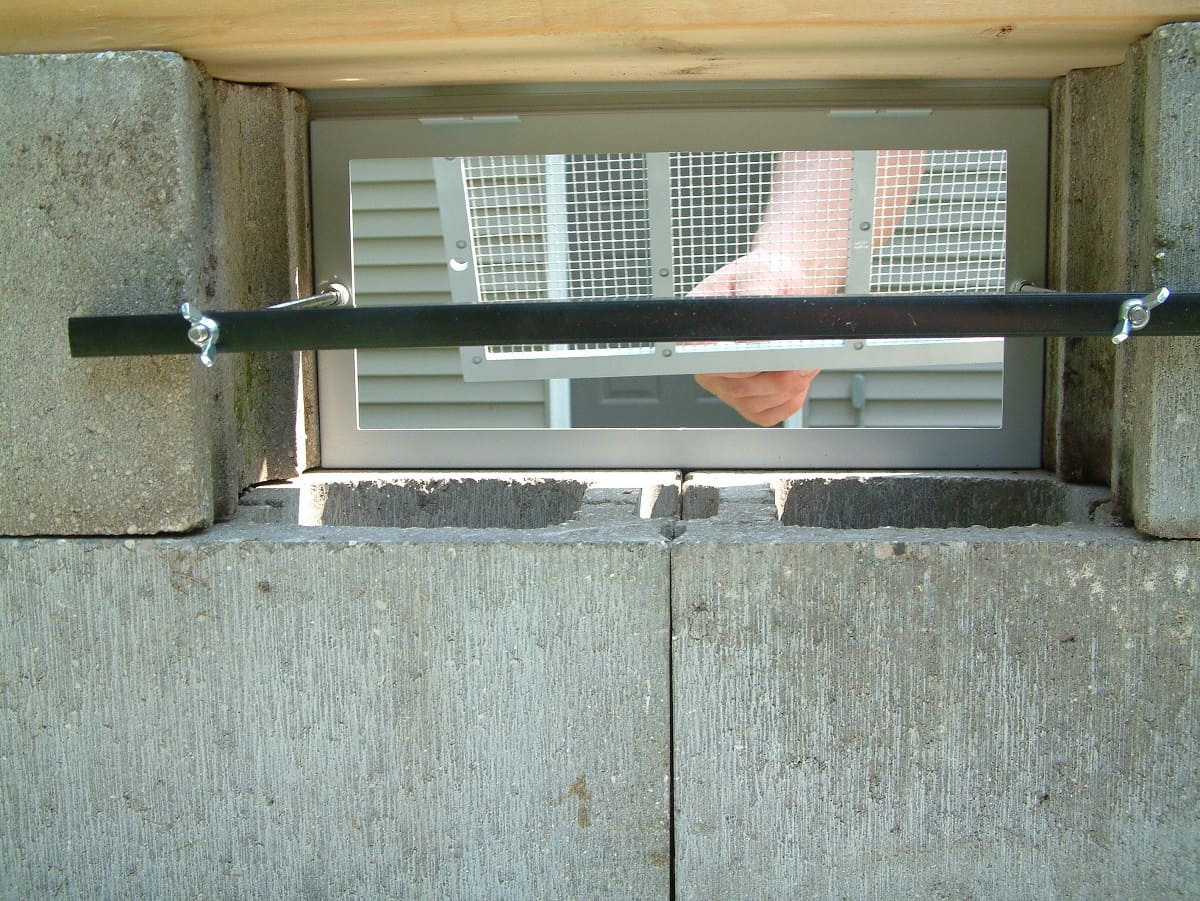
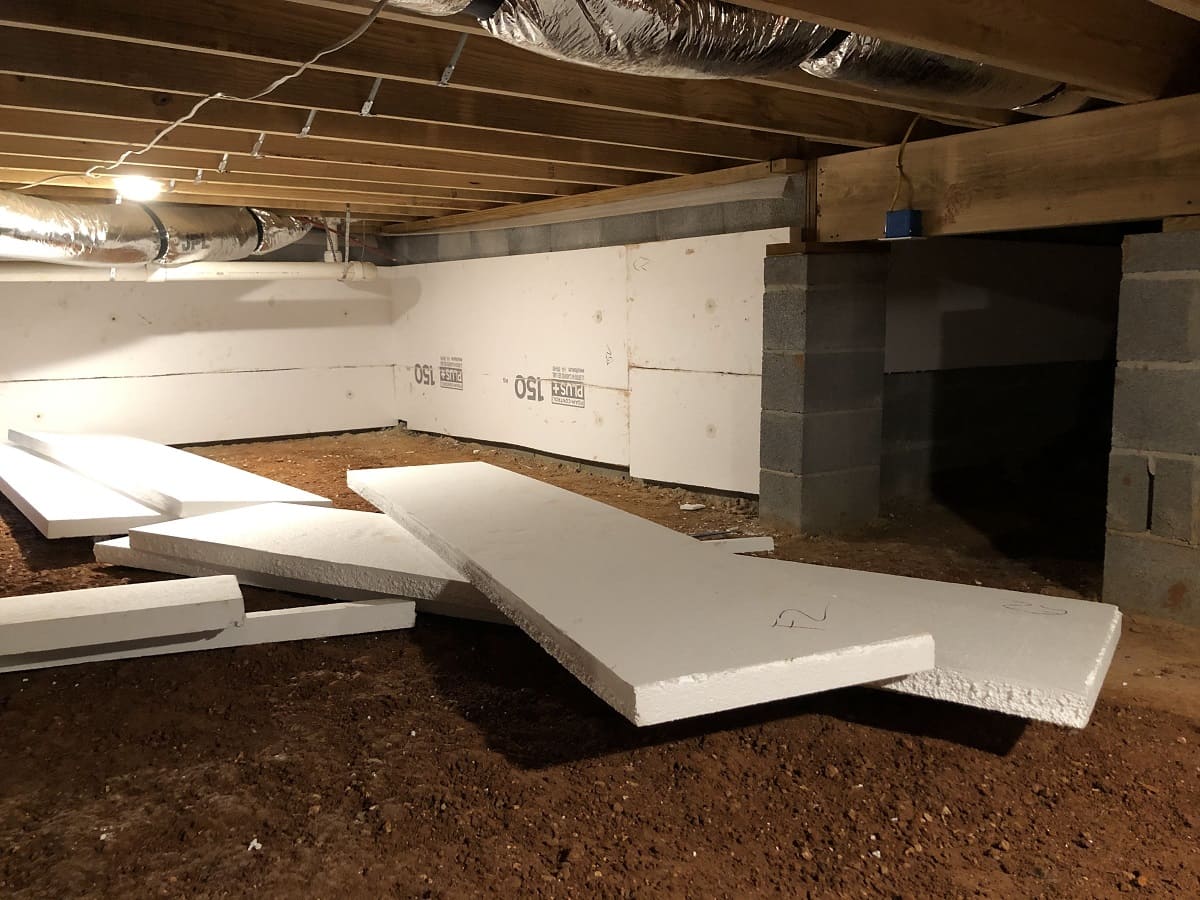
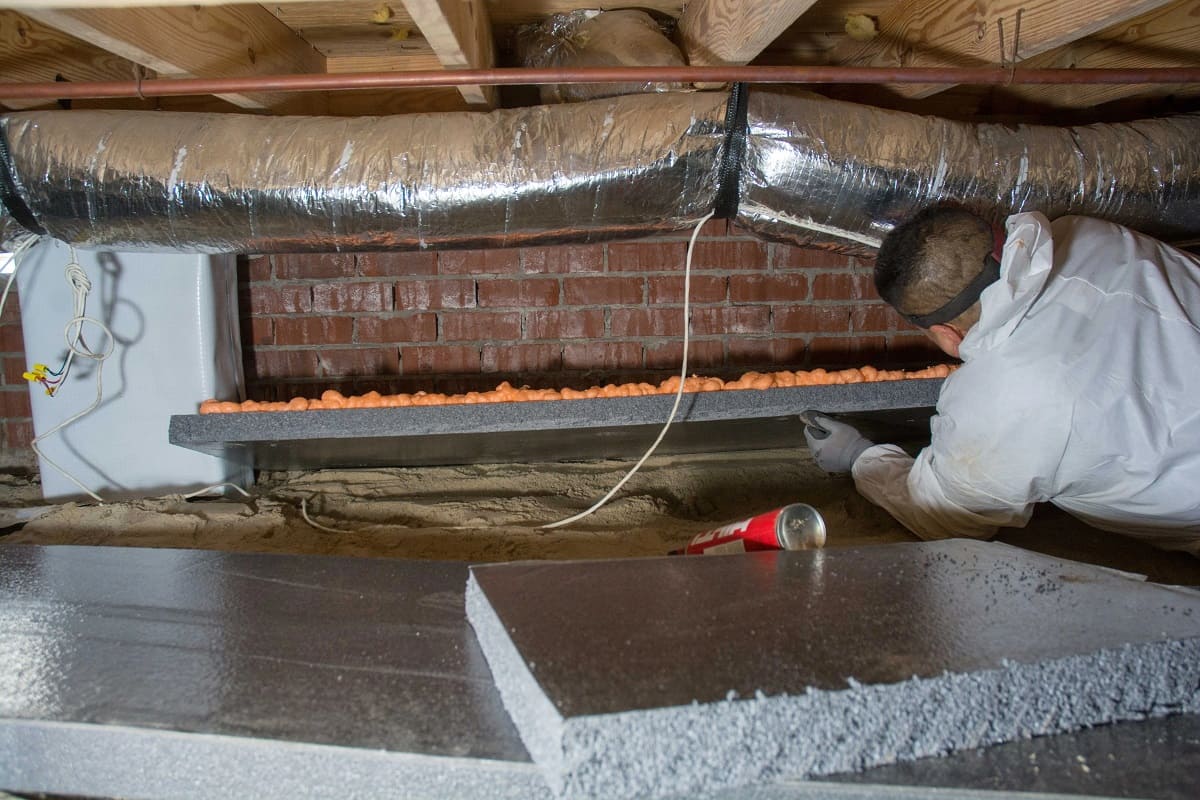
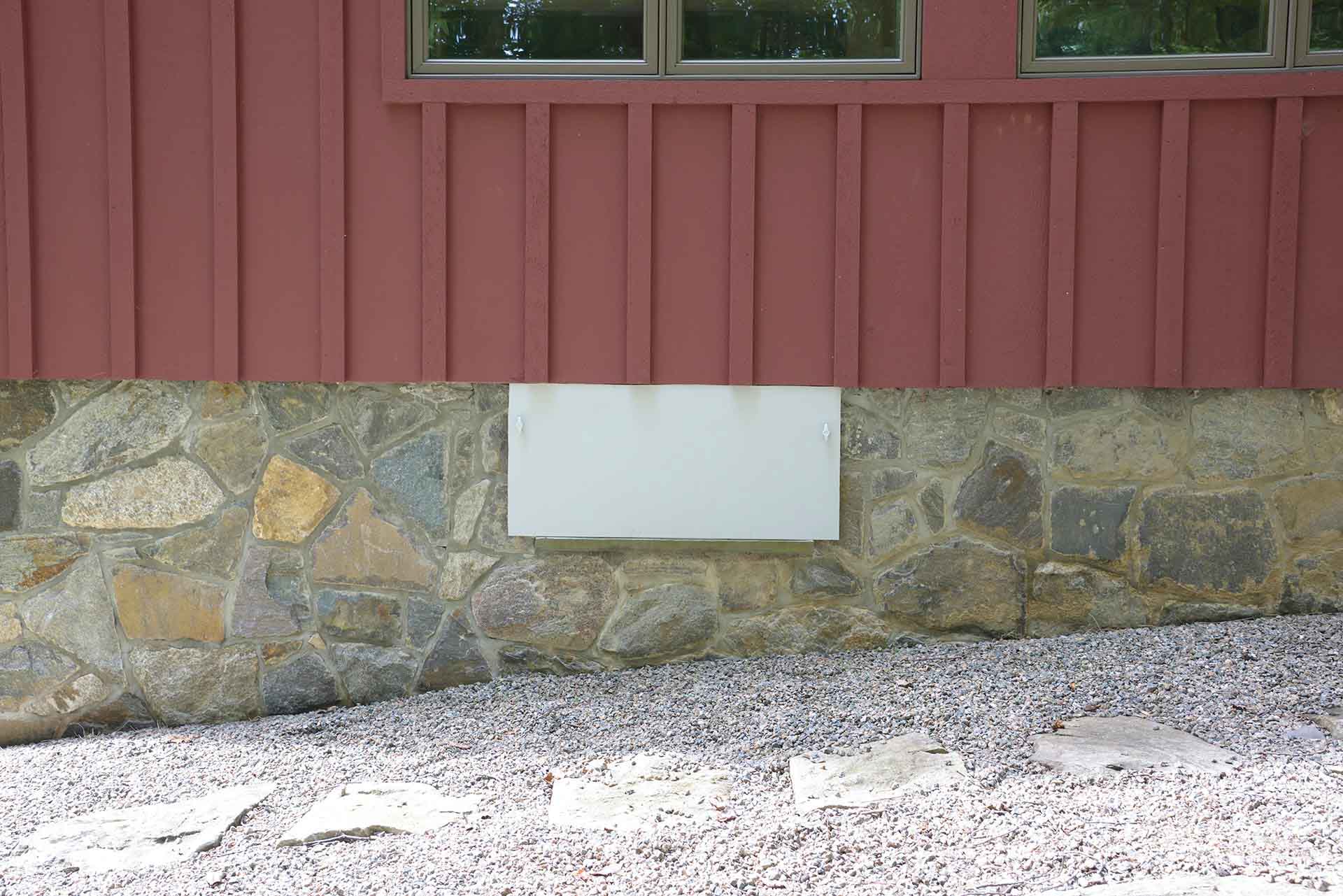
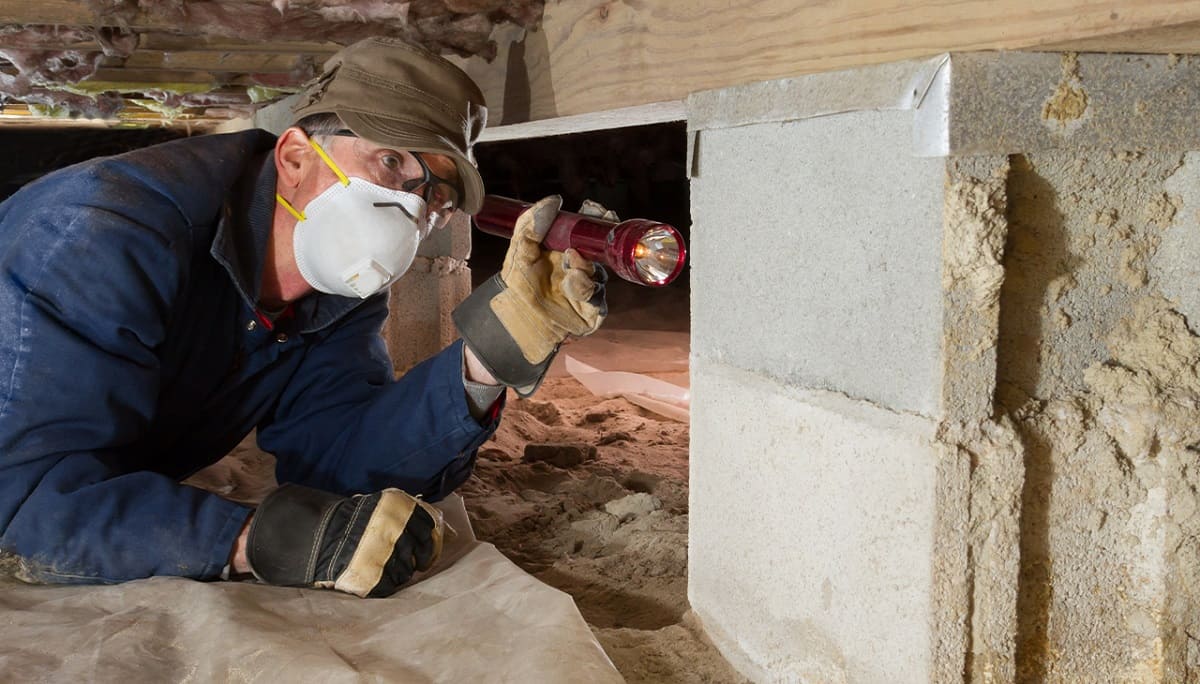

0 thoughts on “How To Insulate Crawl Space Vents For Winter”